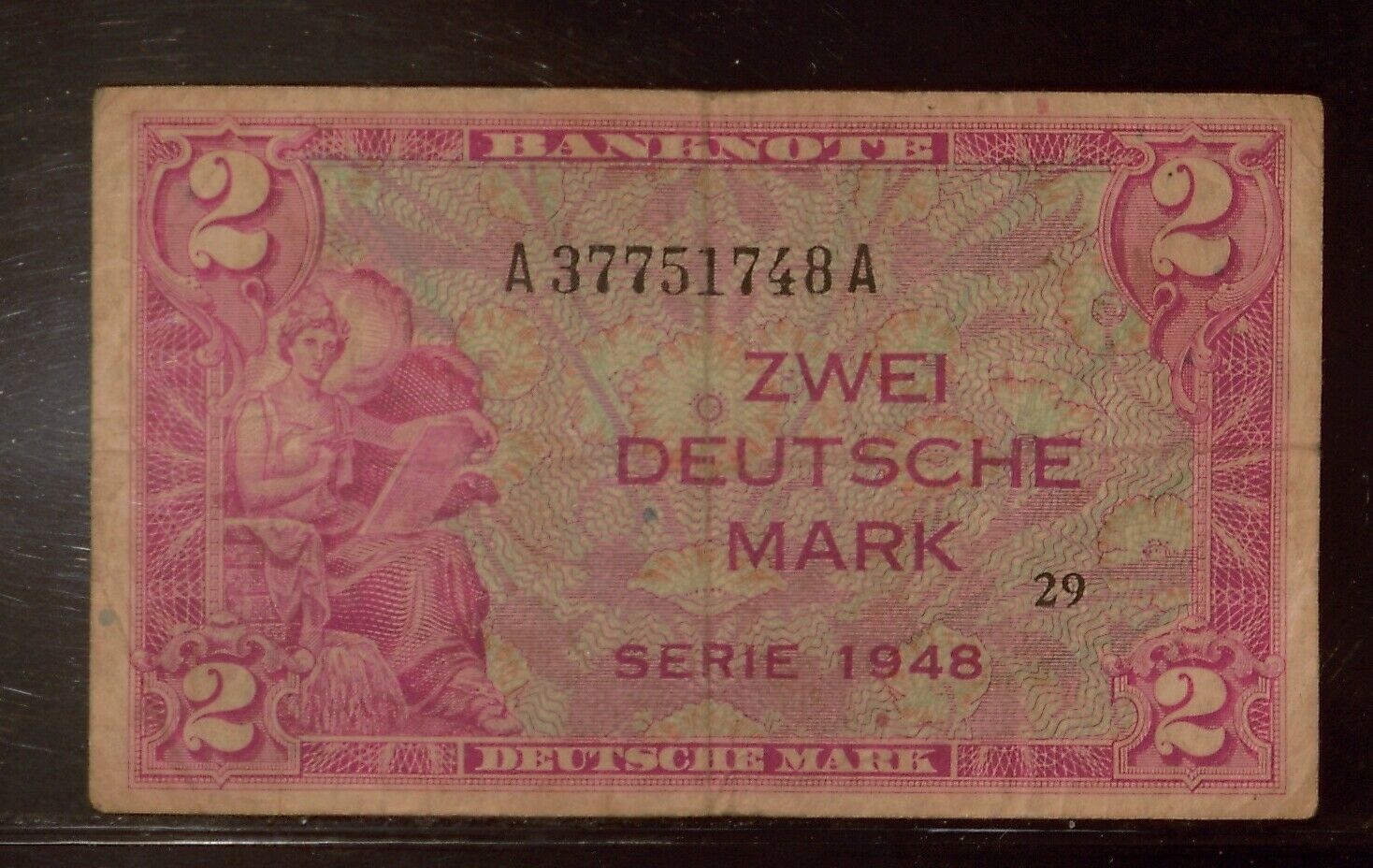-40%
Norway banknote - 5 fem kroner - year 1955 - Fridtjof Nansen - free shipping
$ 20.06
- Description
- Size Guide
Description
The krone (sign: kr; code: NOK), plural kroner, is the currency of Norway and its dependent territories. It is subdivided into 100 øre, which exist only electronically since 2012. The name translates into English as crown.The krone was the thirteenth most traded currency in the world by value in April 2010, down three positions from 2007.
The krone was introduced in 1875, replacing the Norwegian speciedaler/spesidaler at a rate of 4 kroner = 1 speciedaler. In doing so, Norway joined the Scandinavian Monetary Union, which had been established in 1873. The Union persisted until 1914. After its dissolution, Denmark, Norway, and Sweden all decided to keep the names of their respective and since then separate currencies.
Within the Scandinavian Monetary Union, the krone was on a gold standard of 2,480 kroner = 1 kilogram of pure gold (1 krone = 403.226 milligrams gold). This gold standard was restored between 1916 and 1920 and again in 1928. It was suspended permanently in 1931, when a peg to the British pound of 19.9 kroner = 1 pound was established. (The previous rate had been 18.16 kroner = 1 pound). In 1939, Norway pegged the krone temporarily to the U.S. dollar at a rate of 4.4 kroner = 1 dollar. Nonetheless, Norway would continue to hold the Kingdom's gold reserves.
During the German occupation (1940–1945) in the Second World War, the krone was initially pegged to the Reichsmark at a rate of 1 krone = 0.6 Reichsmark, later reduced to 0.57. After the war, a rate of 20 kroner = 1 pound (4.963 kroner = 1 U.S. dollar) was established. The rate to the pound was maintained in 1949, when the pound devalued relative to the U.S. dollar, leading to a rate of 7.142 kroner = 1 U.S. dollar. In December 1992, the Central Bank of Norway abandoned the fixed exchange rate in favor of a floating exchange rate (managed float) due to the heavy speculation against the Norwegian currency in the early 1990s, which lost the central bank around two billion kroner in defensive purchases of the NOK through usage of foreign currency reserves for a relatively short period of time.
The Norwegian krone is used in Norway including Svalbard. It is also informally accepted in many shops in Sweden and Finland that are close to the Norwegian border, and also in some shops in the Danish ferry ports of Hirtshals and Frederikshavn. Norwegians spent 14.1 billion NOK on border shopping in 2015 compared to 10.5 billion NOK spent in 2010. Border shopping is a fairly common practice amongst Norwegians, though it is seldom done on impulse. Money is spent mainly on food articles, alcohol and tobacco, in that order, usually in bulk or large quantities. This is due to considerably higher taxes and fees on tobacco and alcohol purchased domestically in Norway.
Fridtjof Nansen (10 October 1861 – 13 May 1930) was a Norwegian explorer, scientist, diplomat, humanitarian and Nobel Peace Prize laureate. In his youth he was a champion skier and ice skater. He led the team that made the first crossing of the Greenland interior in 1888, traversing the island on cross-country skis. He won international fame after reaching a record northern latitude of 86°14′ during his North Pole expedition of 1893–96. Although he retired from exploration after his return to Norway, his techniques of polar travel and his innovations in equipment and clothing influenced a generation of subsequent Arctic and Antarctic expeditions.
Nansen studied zoology at the Royal Frederick University in Christiania (renamed Oslo in 1925), and later worked as a curator at the Bergen Museum where his research on the central nervous system of lower marine creatures earned him a doctorate and helped establish modern theories of neurology. After 1896 his main scientific interest switched to oceanography; in the course of his research he made many scientific cruises, mainly in the North Atlantic, and contributed to the development of modern oceanographic equipment. As one of his country's leading citizens, in 1905 Nansen spoke out for the ending of Norway's union with Sweden, and was instrumental in persuading Prince Carl of Denmark to accept the throne of the newly independent Norway. Between 1906 and 1908 he served as the Norwegian representative in London, where he helped negotiate the Integrity Treaty that guaranteed Norway's independent status.
In the final decade of his life, Nansen devoted himself primarily to the League of Nations, following his appointment in 1921 as the League's High Commissioner for Refugees. In 1922 he was awarded the Nobel Peace Prize for his work on behalf of the displaced victims of the First World War and related conflicts. Among the initiatives he introduced was the "Nansen passport" for stateless persons, a certificate recognised by more than 50 countries. He worked on behalf of refugees until his sudden death in 1930, after which the League established the Nansen International Office for Refugees to ensure that his work continued. This office received the Nobel Peace Prize for 1938. Nansen was honoured by many nations, and his name is commemorated in numerous geographical features, particularly in the polar regions.










